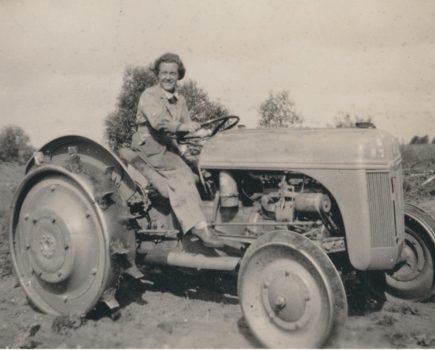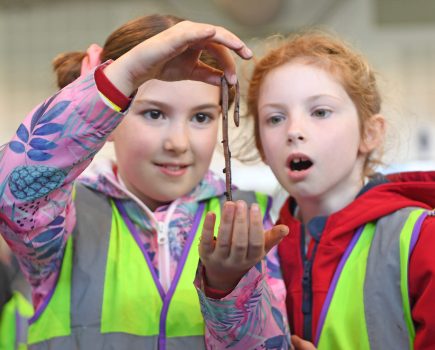There are 10 turkey breeds which meet the criteria for recognition as UK native breeds. Rare Breeds Survival Trust Chief Executive, Christopher Price, looks at four of them…
There are 10 turkey breeds which meet the criteria for recognition as UK native breeds and, without exception, they are all in the Priority category of the RBST Watchlist. All 10 are very rare, in a perilous position needing support for the breed’s survival into the future. Increased costs and avian flu restrictions over the past two years have made this challenge all the greater, and we can a toll on both breed numbers and genetic diversity. RBST continues to work with Breed Societies and other partners to help see the UK’s rare poultry breeds through this difficult time. RBST’s scientific research, in collaboration with Nottingham Trent University, has shown that native breed turkeys are a great choice for smallholders and farmers.
The native breeds in the study not only had stronger leg bones than commercial strains, but Norfolk Black native breed turkey breast meat tested was more tender than commercial turkey breast meat. Here are some examples of the UK’s fantastic native breed turkeys:
NORFOLK BLACK
RBST Watchlist category: Priority
The Norfolk Black turkey has a placid nature. It lays around 70 cream-and-brown-speckled eggs per year. Black turkeys originated in Europe, most likely having evolved from American turkeys imported in the early 1500s. Brought to England, this black There is more than one breed of turkey but most are threatened by low numbers Rare Breeds Survival Trust Chief Executive Christopher Price looks at four of them turkey enjoyed good interest from farmers in Norfolk thanks to their fine meat. The Norfolk Black is known to this day for the quality and flavour of the meat and a number of farmers raise this breed commercially for meat. The Norfolk Black has a fairly long body and is particularly broad across the shoulders. The plumage is a dense matt black throughout, and the breed has black legs, feet and toenails. The legs and feet change to pink with age.
BRITISH WHITE
RBST Watchlist category: Priority
The white turkey has been present throughout the documented history of the turkey. Today, standard versions of the British White turkey breed are extremely rare. The plumage is pure white in both sexes of the British White, which has dark blueblack eyes, a white to horncoloured beak, a pink throat and wattles, and flesh pink legs and feet. Day old poults are pure white. A mature male weighs up to 12.7kgs (28lbs) and a mature female 9kgs (20lbs). Their temperament is highly dependent on selection by breeder, some select for docile whilst others choose more forceful birds.
BRONZE (pictured, main image)
RBST Watchlist category: Priority
Developed in Europe originally, the Bronze is possibly the most well-known turkey breed and the closest in colouration to the wild turkey. The standard Bronze became rare following the development of the heavier double-breasted commercial bronze turkeys in the middle of the 20th century. The plumage of both sexes is metallic bronze with some white and black markings. The breast feathers on the female are edged with white, whereas on the male they are edged in black. The adult Bronze has a horn-coloured beak, eyes with a dark hazel iris, and smoky horn-coloured legs. Although the Bronze turkey does breed true, it is the variety most likely to produce off-coloured birds. The Bronze is a strong, heavy variety. They can make good meat birds, known for their flavour.
BUFF
RBST Watchlist category: Priority
Having originated in America, the Buff breed was extremely popular in Britain in the early 1900s, but numbers fell with the development of commercial birds. The Buff is an alert and active bird, but easy to manage. Females lay around 60 eggs per year and make good mothers. Relatively quick maturing, they also make good meat birds. The Buff is a very handsome bird, with rich cinnamon feathers throughout. The primary and secondary wing feathers is almost white and the tail is buff edged with a paler band at the tip. However there are few good examples to be seen, and considerable efforts are needed to bring this variety of turkey up to standard.
Check out the complete list of rare turkey breeds on the RBST Watchlist on www.rbst.org.uk
This article was taken from the November edition of The Country Smallholder magazine. You can buy the issue here.
To receive regular copies of The Country Smallholder magazine featuring more articles like this, subscribe here.
For FREE updates from the world of smallholding, sign up for The Country Smallholder newsletter here.








